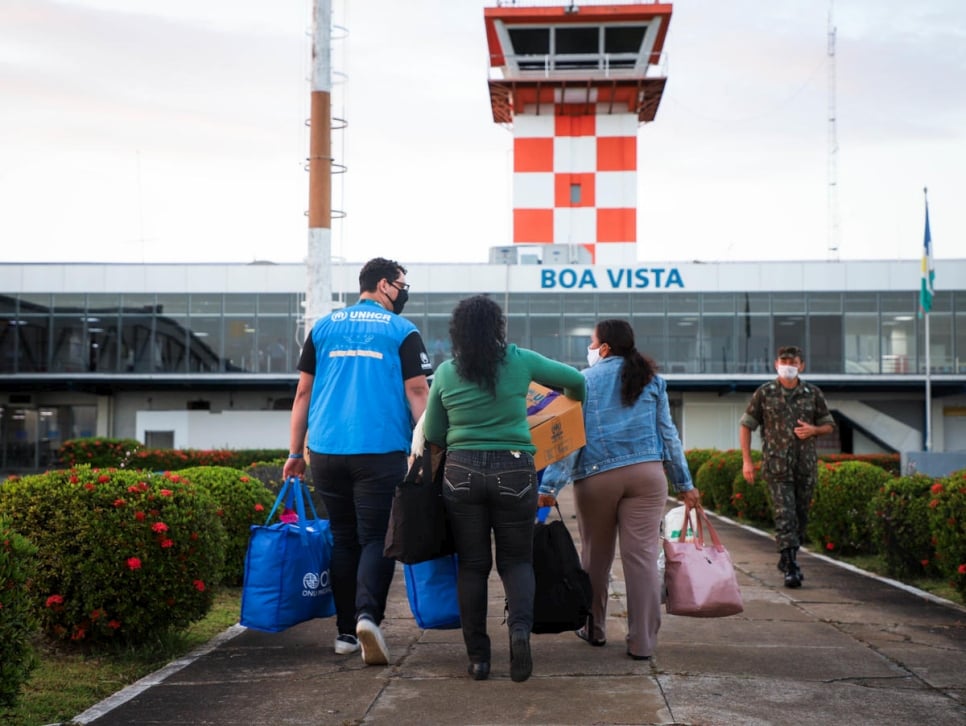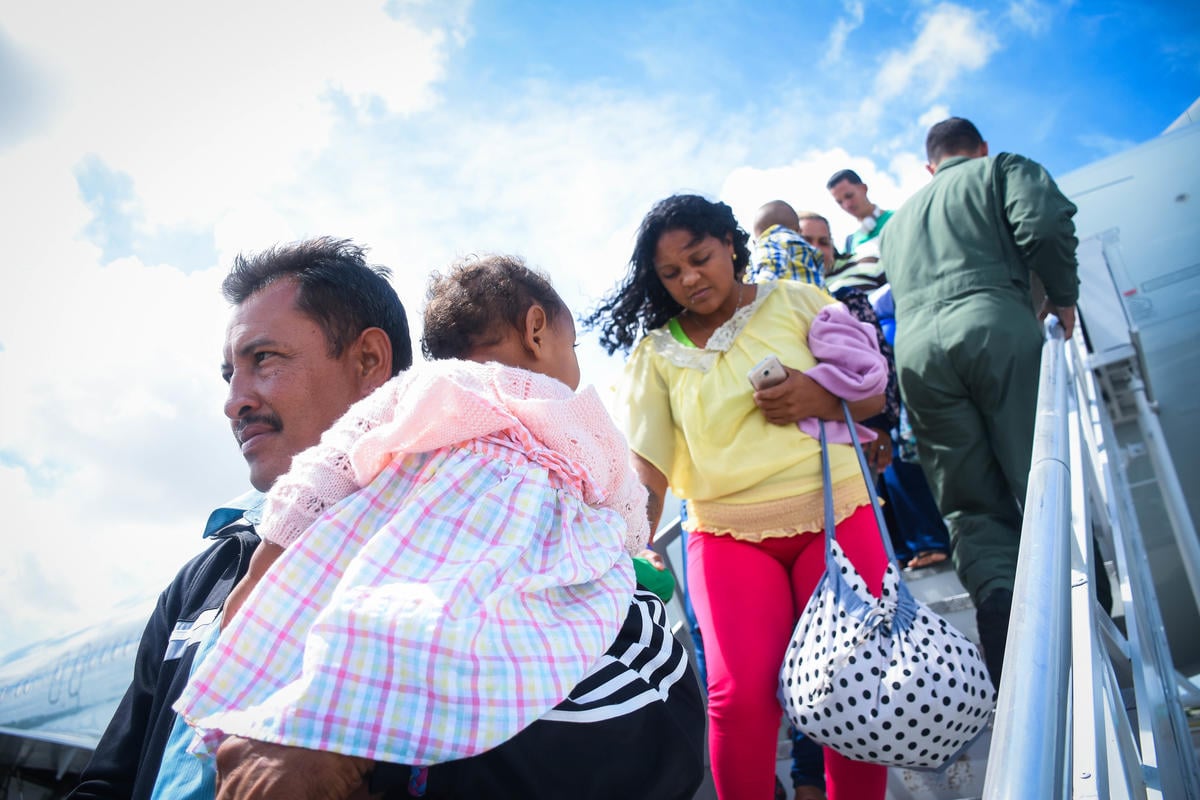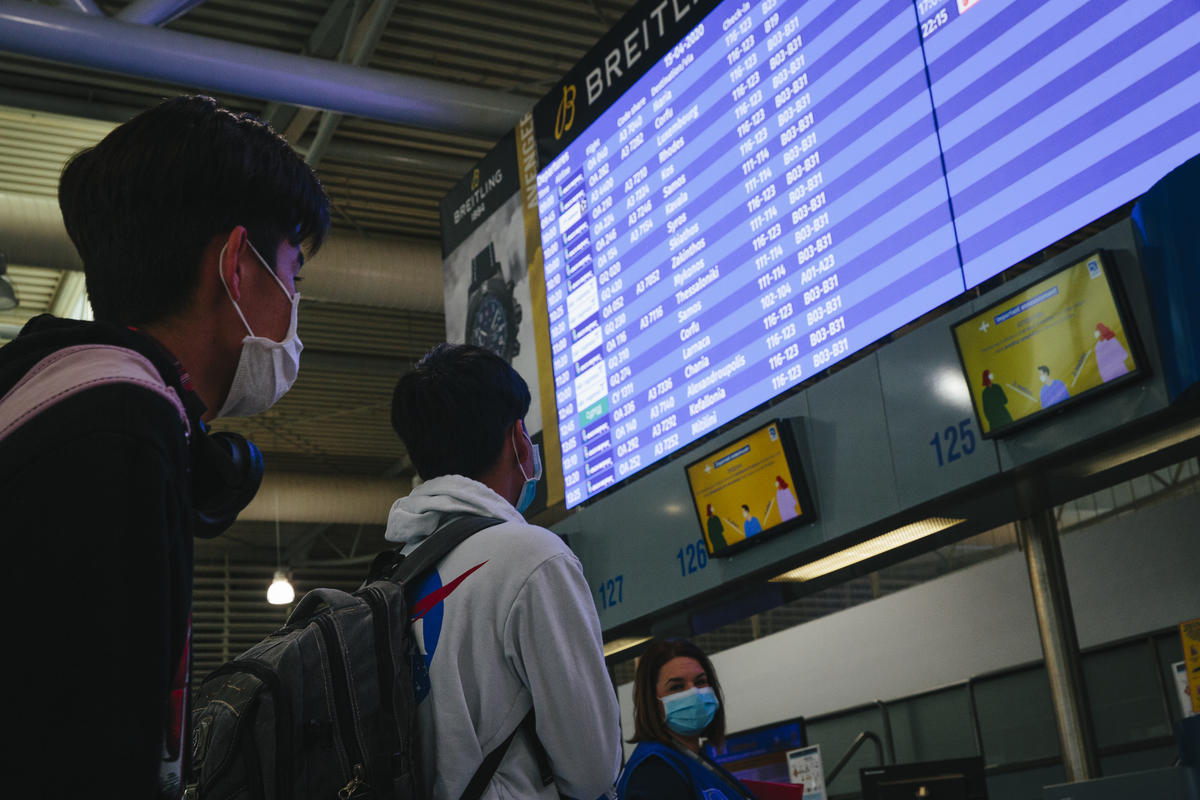UNHCR starts moving displaced families from Darfur to safer areas of Chad
UNHCR starts moving displaced families from Darfur to safer areas of Chad

TISSI, Chad, April 23 (UNHCR) - Every tree in this remote border town provides shelter to a family from nearby Darfur, but despite the harsh conditions the displaced civilians arriving in south-east Chad are happy to have escaped from the tribal conflict in recent weeks across the border.
UNHCR and its partners have been providing assistance to new arrivals, like 30-year-old Khadjidja and her three children, and the refugee agency has also started moving thousands of civilians, mainly women and children, to camps deeper inside Chad.
Members of a UNHCR team sent to open a temporary office in Tissi have monitored the arrival of some 23,000 Sudanese refugees ahead of their full registration in camps. A further 16,000 people originating from Chad have also come across the border.
Khadjidja left her village after fierce fighting erupted in early March between the Salamat and Misseriya tribes in and around the West Darfur town of Um Dukhun over control of gold mines. "We left our village when it was torched and looted," she said, adding that it took two days to walk to Tissi. "My husband stayed behind to save some of our belongings before joining us."
Like so many others, she came with almost nothing to this semi-arid region of south-east Chad, where the temperatures soar during the day before dipping under 20 degrees Celsius at night. Generous host communities have taken in many people, but they cannot share their homes and resources with everyone.
"Under every tree, there is a family," noted Abdellahi Ould El Bah, UNHCR's emergency coordinator in Tissi. "The refugees are exposed to the wind and sun during the day and are cold at night," he said, adding that many did not even have blankets.
He said some refugees had been drinking from a river, putting themselves at risk of catching waterborne diseases.
The UNHCR team deployed in Tissi includes experts in water, sanitation and hygiene as well as protection, registration and logistics officers. The team members have been working with Chad government officials to monitor the arrivals along a 60-kilometre stretch of the border and move them to safer areas.
"As a security measure, UNHCR is relocating 5,000 of them to the Goz Amer camp [some 230 kilometres to the north] where we can better provide them with protection and assistance," said Aminata Gueye, UNHCR's representative in Chad. She added that a new camp for 25,000 people might be constructed at Sterena, 25 kms north of Goz Beida, the largest town in the south-east.
Since mid-April, three UNHCR convoys have taken about 600 people to Goz Amer. The trucks are also transporting the few belongings that people were able to bring with them.
On arrival in Goz Amer, the refugees are given a monthly dry food ration by the World Food Programme and non-food items from UNHCR, including mosquito nets, jerry cans, blankets, mats, soap and kitchen sets. New shelters have been constricted for the arriving families. Additionally, the UN Children's Fund (UNICEF) is extending the camp's water distribution network to these areas.
On the tenth anniversary of the start of the Darfur conflict and displacement crisis, a series of camps in eastern Chad are providing shelter for almost 300,000 Sudanese refugees. Khadjidja is just starting life in exile, but she told UNHCR that she did not want to return to Darfur.
By Djerassem Mbaiorem in Tissi, Chad








